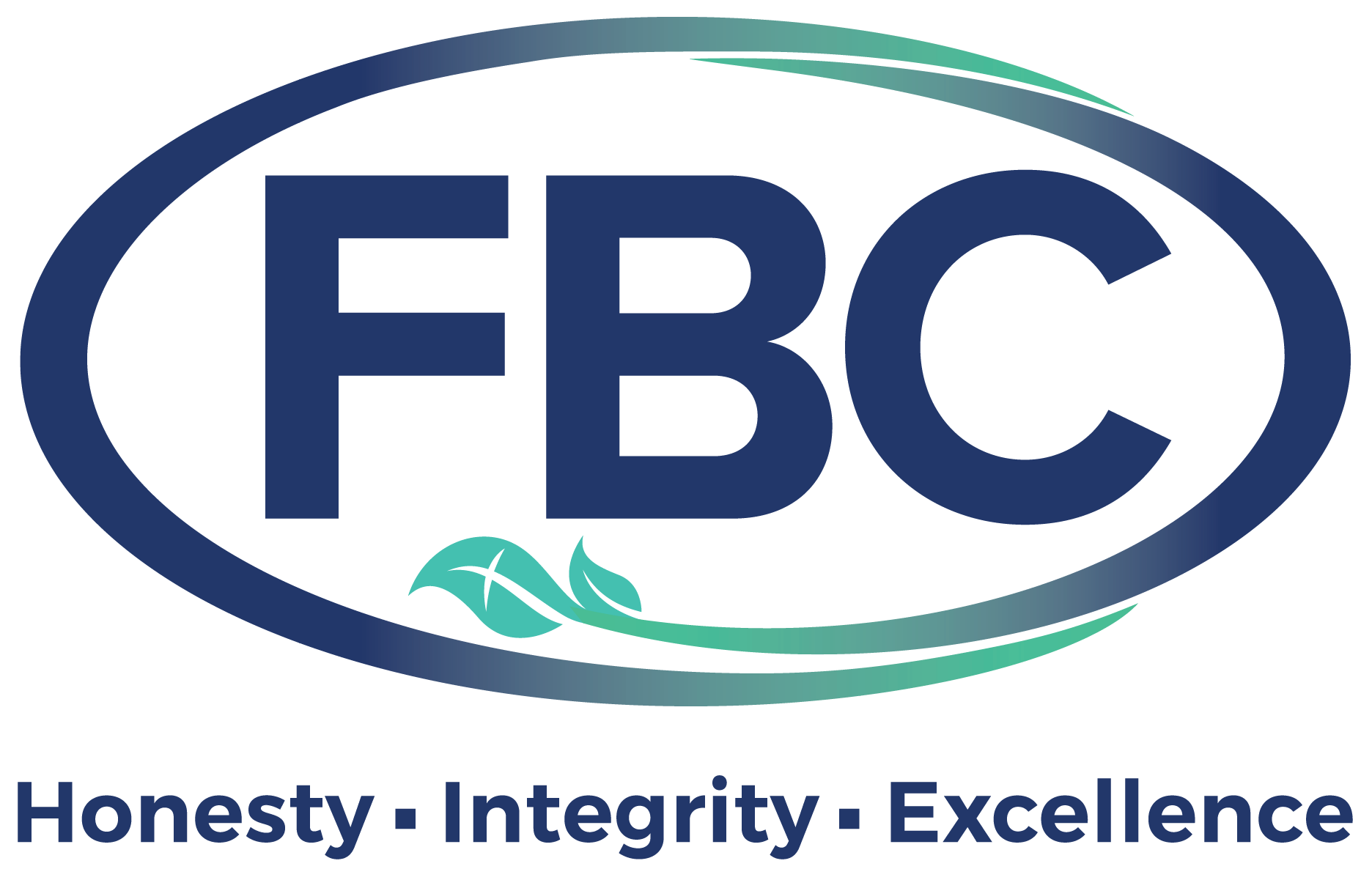The Role of Flexible Benefits in Employee Retention
Employee retention in 2025 is tougher than ever. The fight to attract and keep top talent is at an all-time high. What if you could dramatically reduce turnover simply by offering more flexible benefits? Picture a workplace where employees feel heard, valued, and supported. Imagine accomplishing this through customized perks that meet their unique needs.
At FBC, we’ve seen how flexible benefits can transform workplaces. They make employees think twice before leaving. Providing a standard benefits package isn’t enough in today’s evolving job market. Flexible benefits cater to individual preferences. This better aligns with the expectations of a diverse workforce.
Let’s dive into how these benefits impact retention and how you can stay ahead of the curve.
Why Flexible Benefits Are Key to Employee Retention
Understanding Workforce Expectations in 2025
The workforce in 2025 is more diverse than ever, and one-size-fits-all benefits just don’t cut it. Younger generations, like Millennials and Gen Z, value flexibility and personalization. For instance, one employee might prioritize mental health support, while another might focus on retirement savings.
The pandemic taught us the importance of work-life balance and mental wellness. Employees now expect their employers to address these priorities. Offering customizable benefits shows your team that you care about what they value.
Common Causes of Employee Turnover
Lack of flexibility in benefits is a key reason employees leave. Many feel stuck with options that don’t align with their lifestyles. For example, imagine a company whose benefits focus on retirement. If most of its employees are young professionals with student loans, that may not seem very attractive. However, if it introduces loan repayment support, the response could be impressive.
Employees want benefits that meet their current needs—not just future ones. Ignoring this leads to disengagement and higher resignation rates.
Types of Flexible Benefits That Drive Retention
Health and Wellness Options
Employees value benefits that support their overall well-being, such as the following:
- Diverse Health Insurance Options
- Mental health apps or meditation subscriptions
- Wellness stipends for gym memberships
- Other personal health initiatives
Employees love having the freedom to choose what matters most to them. This could include anything from yoga classes, meditation subscriptions, or fitness gear.
Financial Benefits and Support
Financial stress impacts employee performance, making financial benefits a game-changer. Offering the following solutions can boost retention.
- Control over your retirement contributions
- Student loan repayment programs
- Financial wellness workshops
For instance, one company introduced a financial wellness program and saw immediate results. Employees expressed gratitude for the support, and retention rates among younger staff soared.
Work-Life Balance Benefits
In 2025, employees crave balance. It is essential, and the following policies can make all the difference.
- Flexible working hours
- Remote work opportunities
- Personalized paid time off
These benefits empower employees to manage their lives better. They reduce burnout while boosting morale.
The Business Case for Flexible Benefits
Retention Metrics and ROI
Flexible benefits not only keep employees happy—they’re cost-effective. Turnover is expensive, with recruitment, training, and lost productivity costs adding up quickly. Flexible benefits reduce these costs by keeping your best talent on board.
For example, one client cut these costs by 25% with a flexible benefits package. Employees stayed longer, and productivity improved.
Attracting Top Talent
Offering flexible benefits makes your company stand out in a competitive job market. Candidates will see that you prioritize their needs. Therefore, they’re more likely to choose your company over others.
Implementing Flexible Benefits in 2025
Leveraging Technology for Personalization
Leveraging technology is key to offering flexible benefits. Technology can streamline benefits management. This allows employees to customize their selections without creating extra work for HR.
At FBC, we’ve helped countless companies implement these solutions. One client saw satisfaction rates soar after rolling out an automated benefits menu.
Employee Feedback as a Guide
The best way to create a relevant benefits package is to ask employees what they need. Surveys and feedback sessions provide actionable insights to design perks that genuinely matter.
You can adapt your offerings by regularly surveying employees about their benefits preferences. Use their feedback to create a benefits package that employees love. You’ll have a highly satisfied workforce, and your retention rates will reflect it.
Challenges and Solutions in Offering Flexible Benefits
Introducing flexible benefits isn’t without challenges. Budget constraints can make it hard to implement new perks. Communication issues may leave employees unaware of their options.
What is the solution? Start small and scale up. Focus on high-impact benefits first. Use clear communication strategies to ensure employees understand and utilize what’s available.
Key Points
- Employee retention in 2025 relies on offering flexible benefits that meet workforce expectations.
- Health, financial, and work-life balance perks boost satisfaction and cater to individual needs.
- Leveraging technology and employee feedback ensures your benefits package stays relevant and effective.
Flexible benefits aren’t just a nice extra. They’re essential for reducing turnover and attracting top talent. At FBC, we help companies design benefits packages that retain employees and drive growth. Let’s create a strategy that supports your team and positions your business for success.

